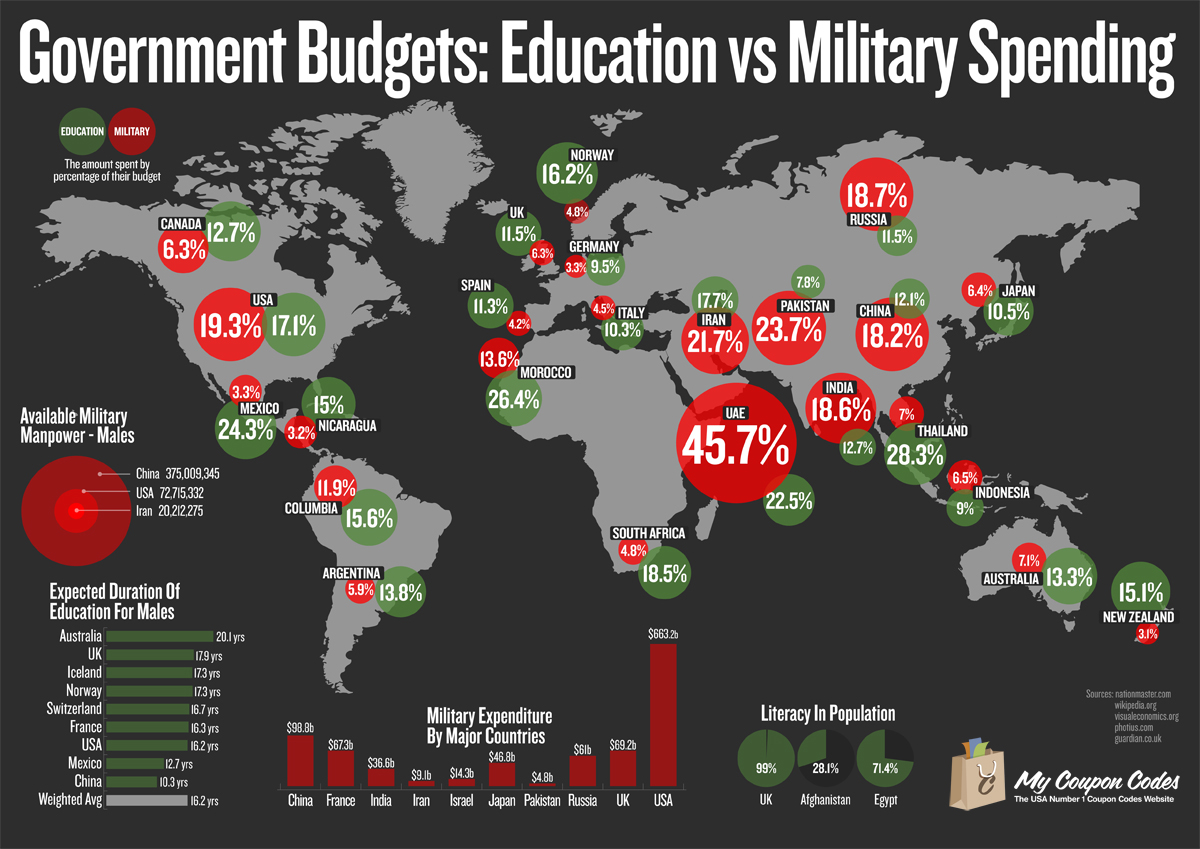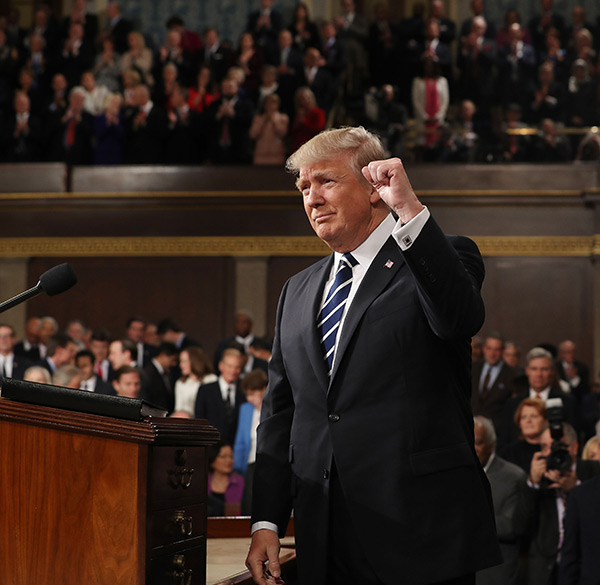Analysis: The Surge In Global Military Spending Amidst The Russian Threat

Table of Contents
The Russian Threat as a Catalyst for Increased Defense Budgets
The Russian threat, both perceived and real, has acted as a significant catalyst for the global rise in defense budgets. This is particularly evident in two key areas: the response from NATO members and the heightened security concerns of Eastern European nations.
NATO's Response and Increased Spending
Since Russia's invasion of Ukraine, NATO members have significantly increased their defense budgets. This reflects a collective commitment to bolstering defensive capabilities and deterring further Russian aggression. Countries like the United Kingdom, Germany, and Poland have announced substantial increases in their military spending. For instance, Germany, previously hesitant to significantly increase its defense budget, has pledged to dramatically increase spending to meet NATO targets.
- Increased spending on modernized weaponry: This includes investments in advanced fighter jets, missile defense systems, and other high-tech military equipment.
- Expansion of military personnel: Many NATO countries are increasing the size of their armed forces to meet the demands of a heightened security environment.
- Strengthened military alliances: NATO has increased its military presence in Eastern Europe and strengthened its cooperation with partner nations.
Eastern European Countries' Heightened Security Concerns
Countries bordering Russia, such as Poland, the Baltic states (Estonia, Latvia, and Lithuania), and Ukraine itself, have experienced the most drastic increases in military spending. This is a direct response to the perceived immediate threat from Russia.
- Direct threat perception: The invasion of Ukraine demonstrated Russia's willingness to use military force to achieve its geopolitical objectives, fueling heightened fears among neighboring countries.
- Need for defensive capabilities: These nations are investing heavily in defensive capabilities to deter potential aggression and protect their sovereignty.
- Investment in advanced defense systems: This includes procuring modern weaponry, enhancing cyber security measures, and improving intelligence capabilities.
Impact of Russian Military Modernization
Russia's own significant military modernization efforts have further contributed to the global increase in military spending. Perceived advancements in Russian weaponry have prompted other nations to accelerate their own arms races.
- Hypersonic weapons development: Russia's progress in developing hypersonic missiles has spurred concerns and increased investment in countermeasures among other nations.
- Cyber warfare capabilities: Russia's demonstrated capabilities in cyber warfare have heightened concerns about national security and led to increased spending on cyber defense.
- Nuclear arsenal modernization: Russia's ongoing modernization of its nuclear arsenal has also contributed to global anxieties and increased defense spending worldwide.
Beyond Russia: Other Factors Contributing to the Spending Surge
While the Russian threat is a primary driver, other factors also contribute to the surge in global military spending.
Geopolitical Instability and Regional Conflicts
Global geopolitical instability extends beyond the conflict in Ukraine. Tensions in the South China Sea, ongoing conflicts in the Middle East, and other regional disputes fuel arms races and increase demand for defense technologies.
- Arms races in specific regions: Several regions are experiencing their own localized arms races, driven by competing geopolitical interests and historical rivalries.
- Increased demand for defense technologies: The heightened demand for advanced weaponry and defense systems drives innovation and investment in the global defense industry.
- Proliferation of weapons: The spread of weapons and military technologies to non-state actors also contributes to the overall increase in global military spending.
Economic Factors and Defense Industry Influence
Economic factors and the influence of the defense industry play a crucial role in shaping military spending decisions.
- Government subsidies and funding: Governments often provide substantial subsidies and funding to their domestic defense industries, stimulating economic growth and influencing military procurement decisions.
- Influence of defense industry lobbies: Powerful defense industry lobbies often exert significant influence on government policy, advocating for increased military spending.
- Economic benefits of military production: Military production can provide significant economic benefits, creating jobs and stimulating technological advancement, leading to a self-reinforcing cycle.
Consequences of Increased Global Military Spending
The escalating global military spending carries significant consequences.
Economic Impacts
The opportunity cost of diverting substantial resources towards military spending is immense. Increased defense budgets can strain national budgets, potentially diverting funds from essential social programs such as education, healthcare, and infrastructure.
Social Impacts
Increased military spending can have negative social consequences, potentially leading to reduced investment in education and healthcare, impacting human capital development and overall societal well-being.
Geopolitical Implications
The surge in global military spending increases the risk of an arms race, potentially escalating international tensions and increasing the likelihood of conflict. It can also lead to a shift in global power dynamics and exacerbate existing inequalities between nations.
Conclusion
The significant increase in global military spending is a complex phenomenon driven by a multitude of factors, with the perceived Russian threat playing a prominent role. Beyond Russia, geopolitical instability, regional conflicts, economic factors, and the influence of the defense industry all contribute to this alarming trend. Understanding the interplay of these factors is crucial. The consequences of this surge in military spending—economic strains, social impacts, and heightened geopolitical risks—demand careful consideration. Understanding the dynamics of global military spending is crucial for navigating the complex geopolitical landscape. We encourage further research into global military spending trends, their impacts on specific countries, and the role of international organizations in mitigating conflict.

Featured Posts
-
 Domaine Carneros Sustainable Power A Schneider Electric Microgrid Solution
Apr 30, 2025
Domaine Carneros Sustainable Power A Schneider Electric Microgrid Solution
Apr 30, 2025 -
 Bionse Turneto Finansov Uspekh Ili Razocharovanie
Apr 30, 2025
Bionse Turneto Finansov Uspekh Ili Razocharovanie
Apr 30, 2025 -
 V Chelyabinske Anomalnoe Poteplenie I Zakrytye Gorki
Apr 30, 2025
V Chelyabinske Anomalnoe Poteplenie I Zakrytye Gorki
Apr 30, 2025 -
 Trumps First Weeks A Congressional Address
Apr 30, 2025
Trumps First Weeks A Congressional Address
Apr 30, 2025 -
 Businessmans Bold Move On Dragon Den Rejecting Favourable Deals
Apr 30, 2025
Businessmans Bold Move On Dragon Den Rejecting Favourable Deals
Apr 30, 2025
